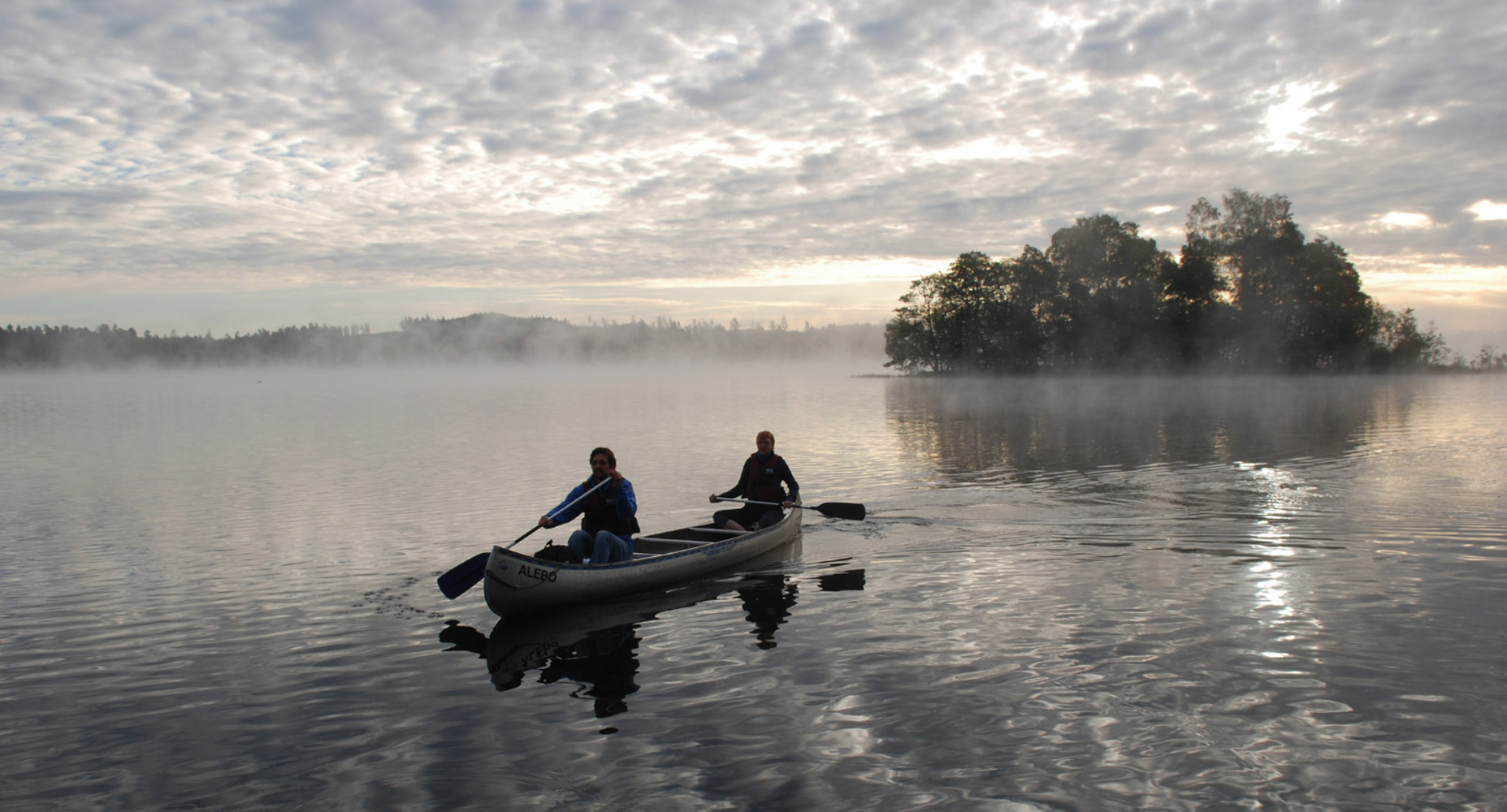

The heating companies in Copenhagen, CTR, HOFOR and VEKS has carried out the third phase of Heat Plan Greater Copenhagen. During the project the development of the heating system of Greater Copenhagen towards 2050 has been analysed.
Three different paths to a CO2-neutral district heating has been analysed, and identified that the best way to go is a scenario, where the short-term focus is on sustainable biomass instead of coal at Amagerværket and Avedøreværket to ensure CO2-neutral district heating to Greater Copenhagen in 2025.
Sustainable biomass and CHP is the right way to go at this time, if the ambitious climate targets is to be achieved and a reasonable heating price is secured. At the same time, the scenario shows that alternative technologies such as heat pumps and geothermal energy must be further developed and gradually phased into the district heating system in order to diversify supply and reduce biomass consumption.
The purpose with the third phase of Heat plan Greater Copenhagen was to extend the foundation for the decisions, which is faced the coming years, and to provide the basis for the communication with the stakeholders. The project builds on results from the two previous phases.

Find information about one of our projects in Türkiye here.